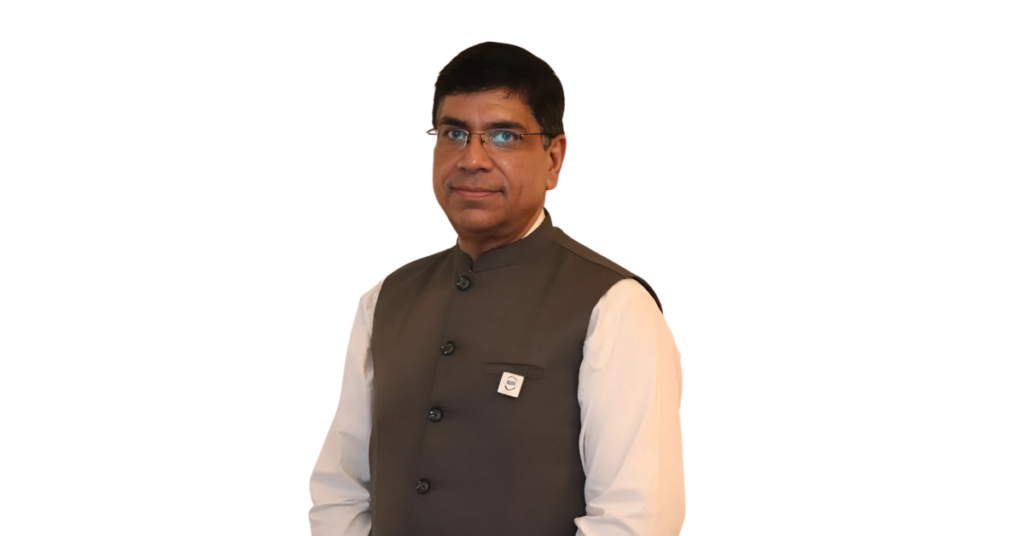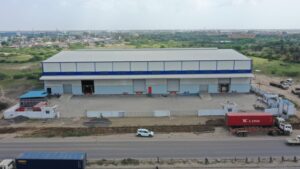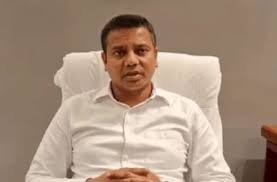India’s festive season fuels ₹4.25 lakh crore in economic activity and millions of deliveries, but domestic bottlenecks threaten its promise for Viksit Bharat 2047.

Global supply chains may bend but rarely break, unlike domestic networks.
Festivals in India do more than light homes; they drive the economy, sending surges of commerce that stretch and shape the nation’s logistics backbone. Without logistics, this surge would never translate into reality. Arun Kumar, President of the Association of Multimodal Transport Operators of India (AMTOI), adds, “Festivals are about culture, yes, but they are also commerce. The real question is, can our logistics system keep pace with India’s rising aspirations? As Dr Neeraj Anand, Dean, SCM & General Management, Chitkara University, notes, “The festive season generates over ₹4.25 lakh crore in economic activity, adding nearly 2% to annual GDP growth.”
Economic engine
Kumar highlights the social dimension: “Every year, the festive period becomes an entry point for thousands of young Indians into the logistics workforce. It is a livelihood. creation on a massive scale.” The festive season is an economic juggernaut, creating over 4.5 lakh temporary jobs across retail, e-commerce, and logistics. “Logistics alone accounts for 2.16 lakh of these roles, a 15–20% increase over the previous year,” says Dr Anand.

Logistics forms the backbone for this growth, powering India’s festivals
Surging volumes
The pressure on infrastructure is equally staggering, especially as Tier-2 and Tier-3 towns emerge as central hubs of festive commerce. Kumar points out, “Consumption growth is fastest here, yet infrastructure lags behind.” Reflecting this surge, Dr Anand notes that online sales are expected to touch ₹1.2 lakh crore this year, up 27% from 2024, with warehousing demand rising 40%, supported by over 500 million sq ft of storage and 640 courier centres.
Bottlenecks strain
Yet, this boom exposes deep cracks, especially in domestic networks. Kumar underscores the pain points: “International supply chains may bend but rarely break. The real stress lies in domestic networks; narrow roads, poor parking, and city congestion choke efficiency in the last 50 kilometres.” Reflecting the financial impact, Dr Anand warns, “Delivery delays cost India nearly $22 billion annually. Last-mile logistics alone accounts for 53% of shipping costs.” Both agree that customer trust is at stake, as slower deliveries risk reducing repeat spending.
Innovation tested
Still, adversity sparks innovation. Kumar stresses the broader learning curve: “Festive logistics is a stress test. What survives, whether hyperlocal warehouses, EV fleets, or digital tolling, becomes the blueprint for the future.” Dr Anand notes, “AI-driven forecasting and routing can cut festive delays by 30–35%.” Both agree that government initiatives, such as multimodal logistics parks and dedicated freight corridors, are key enablers of resilience.
Blueprint for 2047
Ultimately, the festive rush is more than a seasonal spike; it is a rehearsal for India’s long-term ambitions. Kumar concludes with a national vision: “If we can deliver during Diwali, we can deliver to the world. Turning festive strain into festive strength is how India will achieve Viksit Bharat in 2047.” Dr Anand adds, “The festive season proves India’s logistics mettle; it is not just about moving goods but about moving trust, aspirations, and growth.” Both underscore that these seasonal challenges are shaping India’s global logistics readiness.











